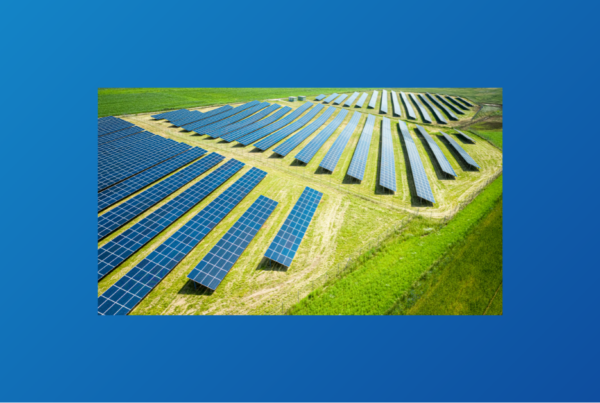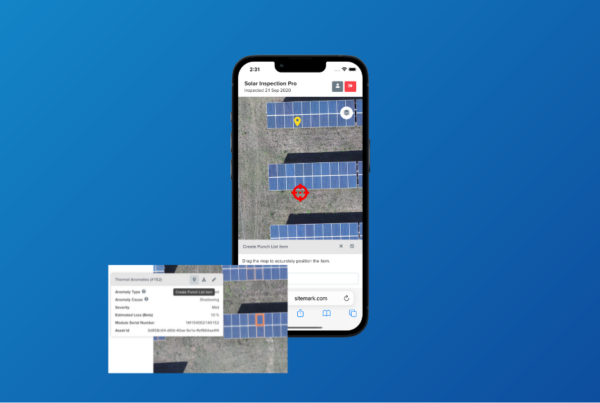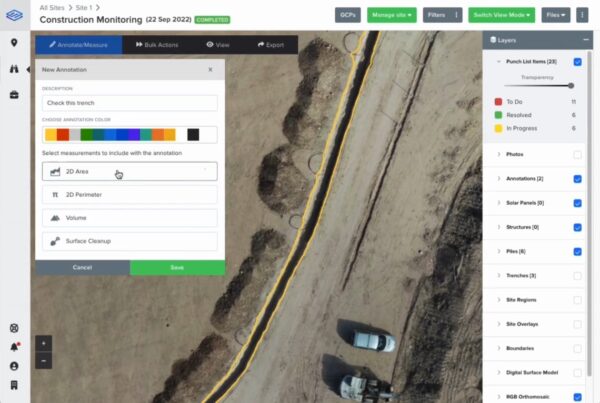In recent years, drones have become crucial in surveying and mapping, especially in the solar industry.
Drones equipped with either photogrammetry or LiDAR technology capture data on the terrain you want to survey. This data can then be fed into design software to account for installation on slopes and inter-row shadows.
However, both technologies have distinct advantages and disadvantages, and knowing which technology is best suited for the job is essential.
This blog will explain when to use LiDAR or photogrammetry for your topographic surveys.
LiDAR vs. Photogrammetry
Photogrammetry is a technique that uses photos to create 3D models of the terrain. The drone captures overlapping terrain images from different angles, and the software stitches these images together to create a 3D model.
It’s a fast and easy method that doesn’t require expensive hardware. However, photogrammetry has limitations, especially when capturing data in areas with dense vegetation. Since you can’t see through the foliage, you can’t capture an accurate model of the ground below.
On the other hand, LiDAR uses laser technology to create highly accurate 3D maps of the terrain. The laser sensors emit pulses of light that bounce off objects in the landscape. The time taken for the pulse to return to the sensor is used to calculate the distance to the object. The main advantage is that LiDAR technology can penetrate vegetation and capture accurate data on the terrain below.
Misconceptions about LiDAR
LiDAR isn’t a silver bullet, though, although people sometimes make it out to be.
First of all, pure LiDAR doesn’t capture any visual data. The laser doesn’t see colors. It just records points in space. By default, it will thus grant you only a topography, which isn’t always helpful. If you’re only interested in the terrain, that’s fine, but the visuals add a lot of different contexts.
At Sitemark, we, therefore, typically combine LiDAR with a visual camera to get the best of both worlds.
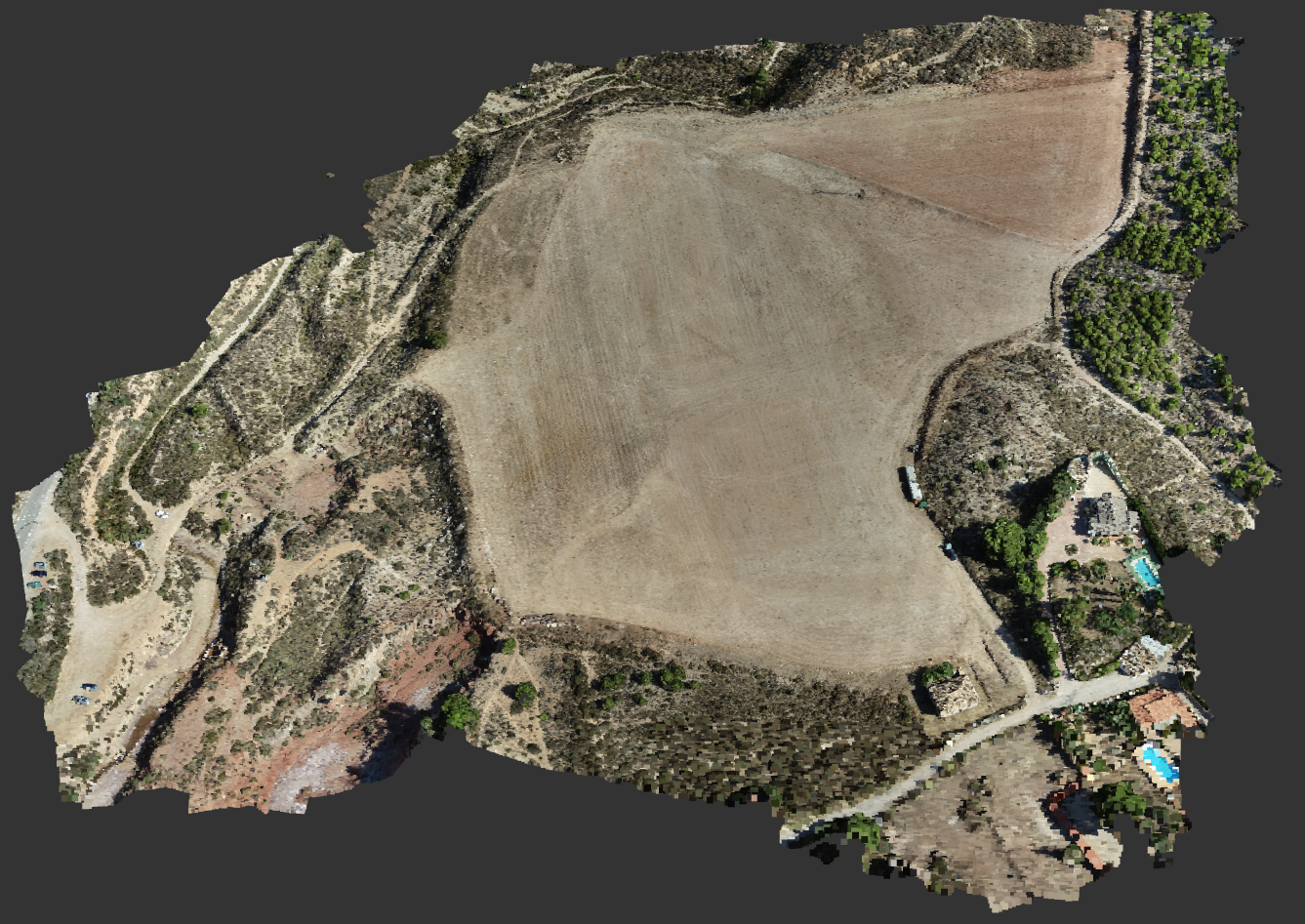
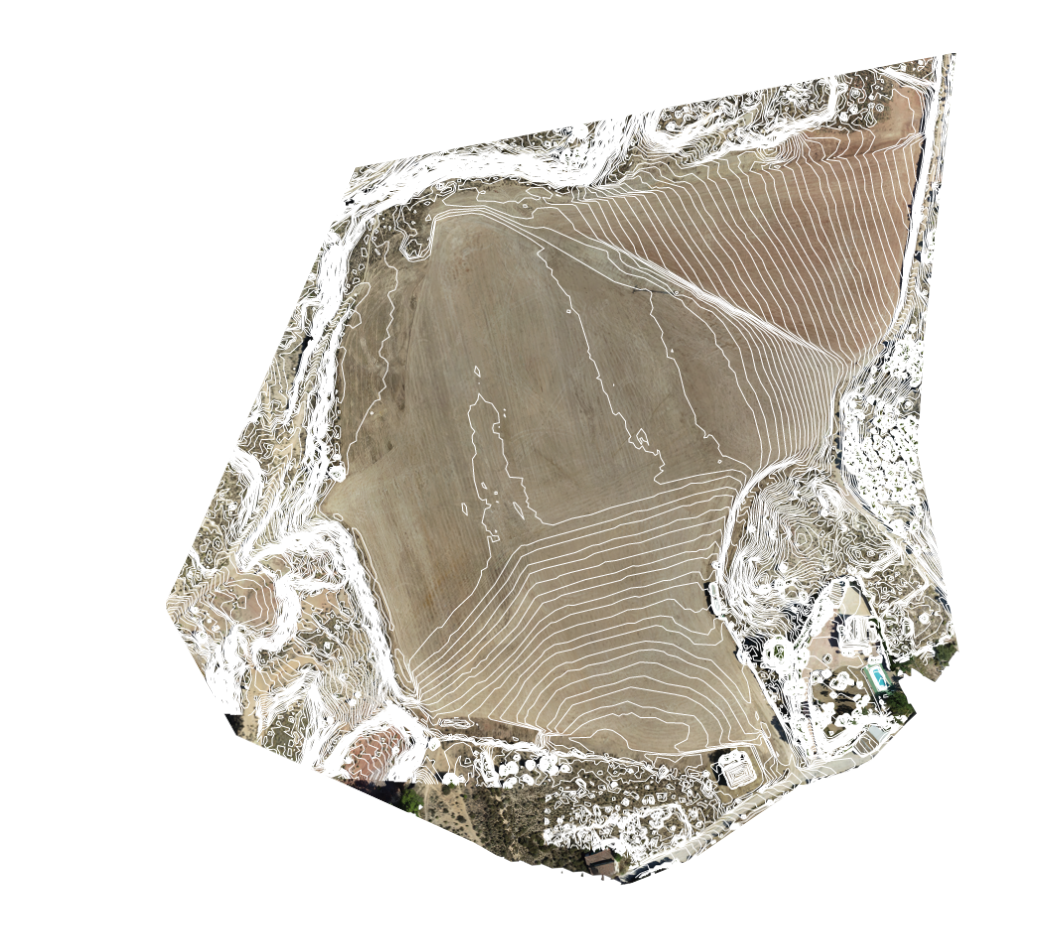
A second misconception is that LiDAR is faster than photogrammetry. You can quickly cover the site when there’s not too much vegetation. With denser vegetation, however, you’ll need to increase the overlap and lower the flight speed to get sufficient data from the ground below. It typically also takes longer to process LiDAR data, which often negates faster flight.
Finally, it’s often said that LiDAR works in all weather conditions. However, it doesn’t work well with rain, snow, or fog. The laser bounces off the water droplets, adding noise to the data.
Indeed, it doesn’t require natural light, so it works at night. But let’s be honest, being able to fly your topography at night isn’t exactly something we’ve all been waiting for.
Using Topography Data to Design Your Solar Plant
Topography data captured by LIDAR or photogrammetry is essential for designing solar plants.
You can import topography data into software like AutoCAD or PVsyst to create and optimize the design. The data provides detailed information on the terrain, including elevation, slope, and contours, allowing the software to create a 3D terrain model. The software considers factors like shading, orientation, and tilt to determine the optimal placement of the modules. The solar panels are then placed in the optimal location on the landscape.
Conclusion
Vegetation is the main determining factor for deciding between LiDAR or photogrammetry. If there’s no vegetation or it’s easy to see through, it’s best to stick to good old photogrammetry. If there’s vegetation present, it’s best to use LiDAR, as it can easily record the ground below.
The topography data captured by LIDAR or photogrammetry is essential for designing solar plants. We’ve found that it’s the most efficient and accurate method for capturing this data.
At Sitemark, we use LiDAR technology to capture topography data for solar projects. The data is used to create a 3D terrain model and determine the optimal placement of solar panels.
Why Choose Sitemark for Your LiDAR Needs
Sitemark is a leading provider of LiDAR technology for surveying and mapping in the solar industry.
Our LiDAR sensors can penetrate vegetation and capture accurate data on the terrain below, making them the perfect choice for designing solar plants. We have years of experience in the industry and have completed numerous successful projects for our clients.
Contact us today to learn more about how we can help with your LiDAR needs.

